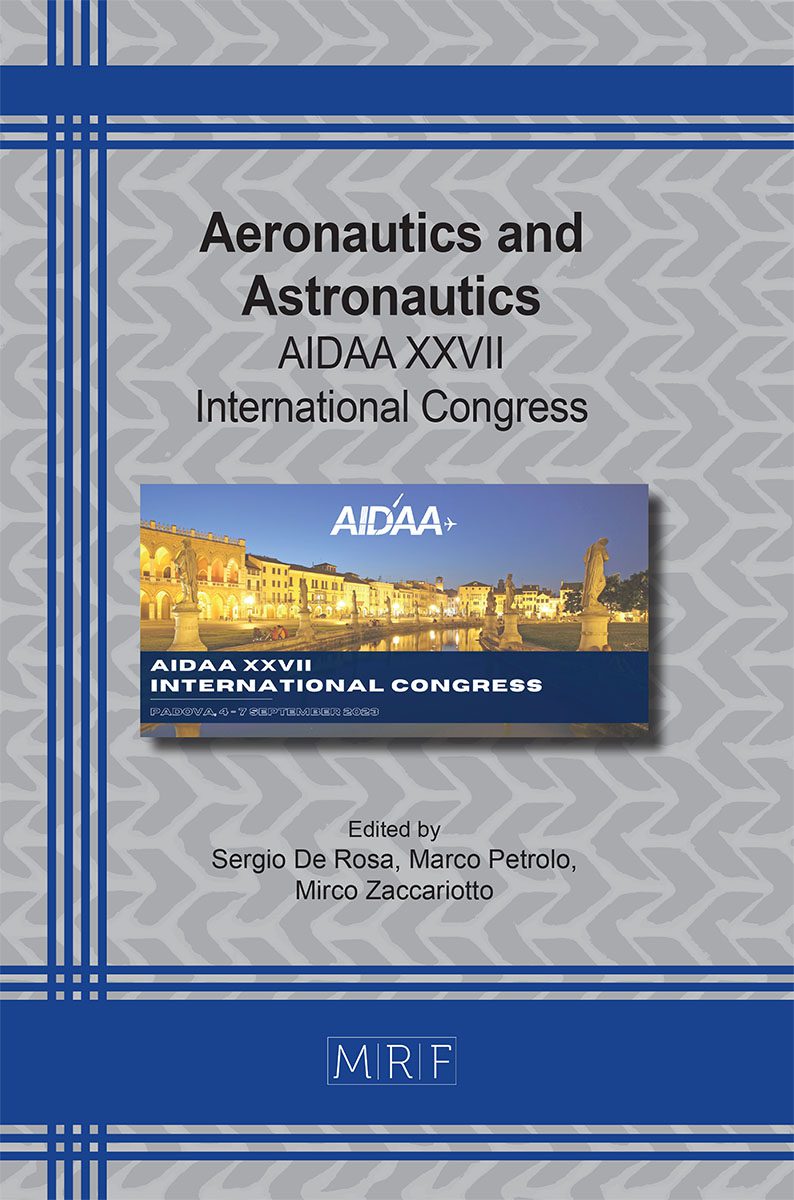Neural networks for the identification of degraded components of aircraft fuel quantity system
Rosario Arcuri, Roberta Masciullo, Roberto Bertola
download PDFAbstract. The physical and software architecture design of the fuel system of high-performance aircrafts is very complex and represents a challenging topic for aeronautic engineers. Among the main functionalities, there is the calculation of the on board fuel quantity, consisting in data computed by the fuel gauging sub-system, shown to the pilot on the cockpit display and used by the flight control system for aircraft controllability. Due to the large number of sensors and to a strongly ramified calculation code, faults and performance degradation of components, are difficult to be detected/isolated, since the operation would require an invasive investigation on the aircraft. To reduce the impact of the fault detection and isolation process in terms of time and costs, a digital twin of the fuel system has been developed and coupled with a condition-monitoring algorithm based on machine-learning methods. It is thus possible to quickly replicate the mission profiles during which the faults can occur, to calculate the residual fuel mass in parallel with the fuel computer and to precisely identify which component caused the system failure. A neural network, trained on experimental flight data, has been developed to provide reliable data. Once validated , the neural network is coupled with a 0D model that simulates the movement of the fuel inside the tank. In this way, it is possible to obtain the mass of fuel, simulating any flight mission profile. This approach optimizes the analysis of system malfunctions in terms of time and costs, highlighting unexpected mass values, otherwise undetectable. The reliability of the neural network can clearly be increased by training the algorithm with additional flight data, which can be derived from experimental or virtual flights simulated using the 0D model. The versatility of this process makes it applicable for different aircrafts as well as for further developments.
Keywords
Aircraft Systems, Fuel System, Fuel Gauging System, Machine Learning
Published online 11/1/2023, 4 pages
Copyright © 2023 by the author(s)
Published under license by Materials Research Forum LLC., Millersville PA, USA
Citation: Rosario Arcuri, Roberta Masciullo, Roberto Bertola, Neural networks for the identification of degraded components of aircraft fuel quantity system, Materials Research Proceedings, Vol. 37, pp 66-69, 2023
DOI: https://doi.org/10.21741/9781644902813-15
The article was published as article 15 of the book Aeronautics and Astronautics
![]() Content from this work may be used under the terms of the Creative Commons Attribution 3.0 license. Any further distribution of this work must maintain attribution to the author(s) and the title of the work, journal citation and DOI.
Content from this work may be used under the terms of the Creative Commons Attribution 3.0 license. Any further distribution of this work must maintain attribution to the author(s) and the title of the work, journal citation and DOI.
References
[1] G. Silvestri, F. Bini Verona, M. Innocenti, M. Napolitano, Fault detection using neural networks, IEEE World Congress on Computational Intelligence, 1994. https://doi.org/10.1109/ICNN.1994.374815
[2] M. T. Hagan, H. B. Demuth, M. Hudson Beale, O. De Jesus, Neuron Model and Networks Architectures, in “Neural Network Design”, 2nd Edition.
[3] R. Langton, C. Clark, M. Hewitt, L. Richards, Aircraft Fuel Systems, United Kingdom, 2009. https://doi.org/10.2514/4.479632












